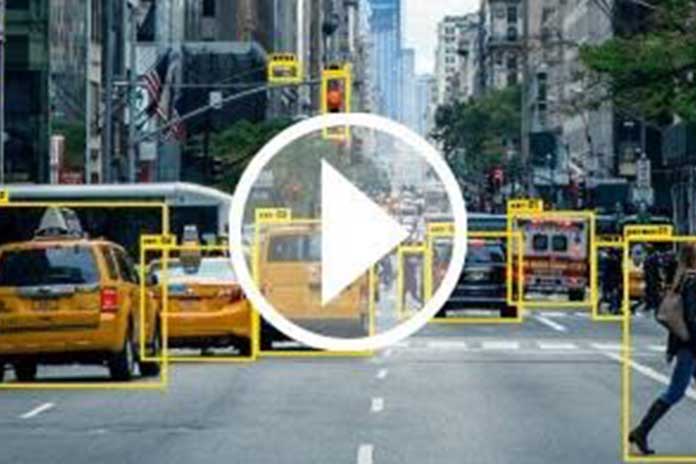Data labeling isn’t all that difficult, said no organization ever! But despite the challenges along the way, not many understand the exacting nature of the tasks at hand. Labeling data sets, especially to make them suitable for AI and Machine learning models, is something that requires years of experience and hands-on credibility. And to top it all, data labeling isn’t a one-dimensional approach and varies depending on the type of model in the works.
This means labeling approaches vary depending on the AI technology that your model plans on using. For instance, if you plan on developing an intelligent, perceptive model, like one for an autonomous vehicle, bounding box and landmark annotation are some of the more probable labeling strategies.
Annotation types and techniques aside, data annotation is a lot more complex than finding the relevant strategies. And more than text and audio annotation, companies need to be more focused on image and video annotation when it comes to preparing intelligent models, as a lot of accuracy and skills are required to make these strategies stick.
Keeping the generic statements aside, here are some of the more pressing challenges which companies implementing image and video annotation strategies on their own need to be privy to:
Massive Volumes of Training Data
The first major roadblock pertaining to video and image annotation isn’t the nature of labeling itself. Instead, it is the expansive nature of the data sets that companies find it hard to manage. Scaling the existing annotation workforce in relation to the quantity of data is a well-known Achilles Heel that requires remediation.
And the problem gets even bigger. Unlike NLP models that rely more on text and audio annotation, AI and ML projects with Computer Vision at the core need to work with multitudes of data sets, managing which goes far beyond a basic setup and beckons the assistance of a large and experienced workforce.
Issues concerning Data Quality and Consistency
AI and Machine Learning models need massive volumes of annotated datasets fed right into the algorithmic space, period. However, the quantity shouldn’t outwit the data quality, which then impacts the accuracy of the model. Organizations envisioning intelligent and perceptive models often end up facing issues related to accuracy and consistency, especially when it comes to getting hold of quality AI training data for object detection, object localization, and other ubiquitous training.
Lack of Reliable Annotation Platforms
Probably the most underrated image & video annotation challenge, the lack of feature-packed and reliable platforms can seriously impact the quality of the AI training data. While finding the right platform with relevant tools is one of the bigger challenges in image and video annotation, the problems end up amplifying when additional labeling expertise is sought-after, especially keeping third-party resources in mind.
For companies handling data annotation on their own, the advanced requirements are often a bit too much to ask, especially when the reliance is on developing computer vision models and ultra-intelligent setups.
Also, the data annotation space is replete with a wide range of tools with varying capabilities. Therefore, it is advisable for companies to look beyond the in-house workforce and rely on experienced service providers to ensure that every relevant tool and aligned resource is made use of.
Lack of Compliance
The final image and video annotation challenge is all about being compliant with the data security standards, especially when it comes to data collection. For an independent firm, it is more than difficult to adhere to every data compliance standard relevant to DPA, CCPA, and GDPR, as the in-house workforce isn’t privy to every obligatory element.
Data security compliance becomes even more important when it comes to annotating unstructured datasets comprising elements like faces, personal insights, and more. But for companies to keep track of all the compliance-related aspects, it is better to get an experienced data annotation firm on board.
Wrap-Up
If you plan on training highly perceptive AI and ML models to perfection, you must resort to top-of-the-line image and video annotation strategies. But then, scaling beyond the aforementioned challenges is a hell of a task and not always possible by the in-house annotators. And this is why it is necessary to get skilled vgg annotator or experienced data annotating service providers on board, to ensure subjective, critical, objective, semantic, and every other form of data is accurately labeled to be of relevance to the concerned model.
Also Read: AI Applications: How An Initiative Wants To Bundle And Use The Potential Of AI

